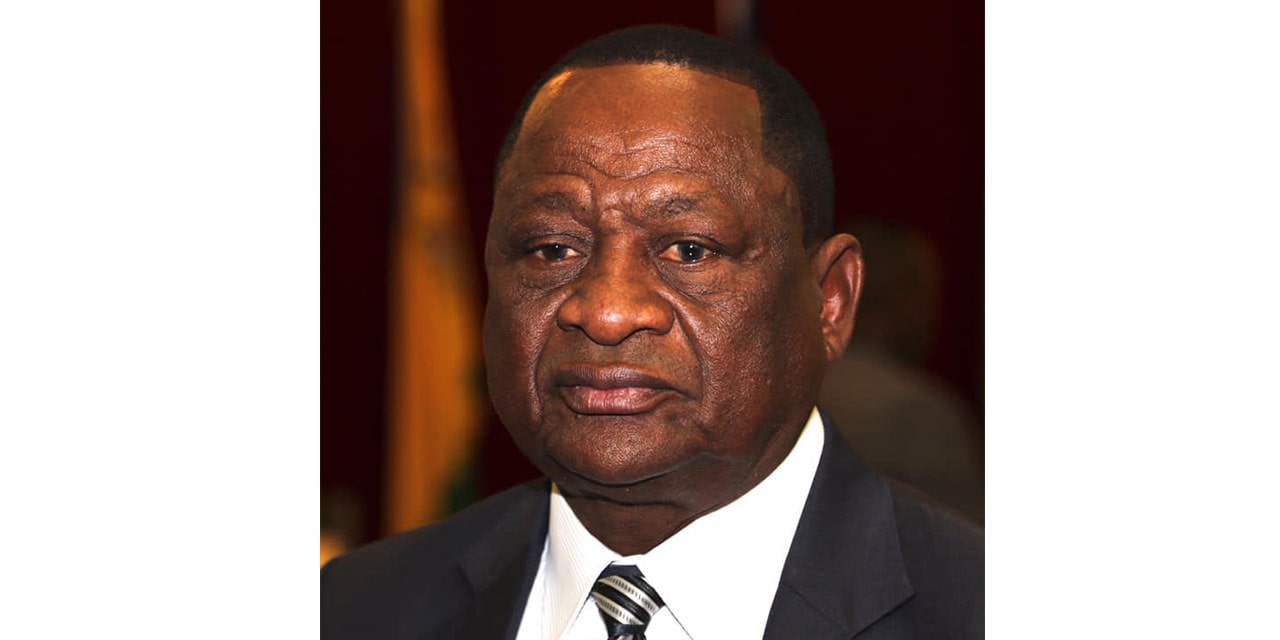Tujoromajo Kasuto
NAMIBIA appears to be prone to disease outbreaks in informal settlements. In recent years, the country has seen outbreaks such as the Hepatitis E plague, Covid 19, malaria and most recently another occurrence of Typhoid fever.
At a press conference today, Dr Kalumbi Shangula, Minister of Health and Social Services, confirmed three Typhoid Fever cases in the Goreangab residential area in Windhoek, while he also announced the end of the country’s Hepatitis E outbreak. Both Hepatitis E and Typhoid are bacterial diseases and thrive in unhygienic conditions.
The Ministry confirmed a case of Typhoid Fever in the Windhoek District on January 27, 2022. Following the first case report, nine contacts, including three close contacts, were tracked down and tested for typhoid fever. Two of the three close contacts were positive.
According to Dr Shangula, typhoid fever remains a serious public health concern around the world, with the World Health Organization estimating 16 to 33 million typhoid fever cases worldwide each year, with 500 000 to 600 000 deaths and a case fatality rate of 1.5 percent to 3.8 percent.
Typhoid fever cases have previously been reported in Namibia, particularly in the Kavango East and Kavango West regions, as a result of the use of river water. The Khomas Region only had one case of typhoid fever between 2017 and 2021. Typhoid fever is spread through contaminated food and water from an infected person’s feces and urine.
Contaminated water is the most common source of typhoid transmission. Raw vegetables and fruits, as well as contaminated milk products from the hands of typhoid fever carriers and flies, are common sources of infection.
People can transmit the disease as long as the bacteria remains in their body. Most people are infectious prior to and during the first week of recovery, but 10 percent of untreated patients will discharge bacteria for up to three months.
A diagnosis of typhoid fever can be confirmed by analyzing samples of blood, feces, or urine under a microscope for the Salmonella typhi bacteria that causes this condition.
The public is urged to exercise the following measures: Maintain good hygiene and sanitation, including hand washing, Ensure drinking safe water or boil water before consumption
Dr Shangula advices close contacts of a typhoid case and those showing the symptoms, to immediately seek medical help. So far, the reported cases do not meet the World Health Organisation definition to be classified as an outbreak.
However, further investigations are ongoing. The three detected cases are in a stable condition and are undergoing medical treatment. A total of 8 092 of Hepatitis E cases were reported since 14 December 2017 when the outbreak was announced. 26 percent or 2 124 were laboratory confirmed and 4 738 or 58.6 percent were epidemiologically linked to the confirmed cases.
A total of 1 230 cases or 15.2 percent were classified as suspected cases and a total number of 2 435 specimens tested negative for Hepatitis E and were therefore discarded. 66 Hepatitis E deaths were recorded nationally with a Case Fatality Rate (CFR) of 0.8 percent since the outbreak began up to September 2020.
Among the recorded deaths, 27 were maternal deaths, representing 41 percent of the total Hepatitis E deaths and 6.2 percent of all the reported maternal Hepatitis E cases.
Four Hepatitis E deaths were recorded in 2020 of which two were maternal deaths. The first one occurred in February 2020 and the last one in September 2020. No Hepatitis E deaths have been recorded since then.
The minister said that Hepatitis E cases have significantly dropped in all regions since the last quarter of 2020. The last few cases were reported in Windhoek, Walvis Bay and Okahao Districts. An outbreak ends when the number of new reported illnesses drops back to normal levels.




